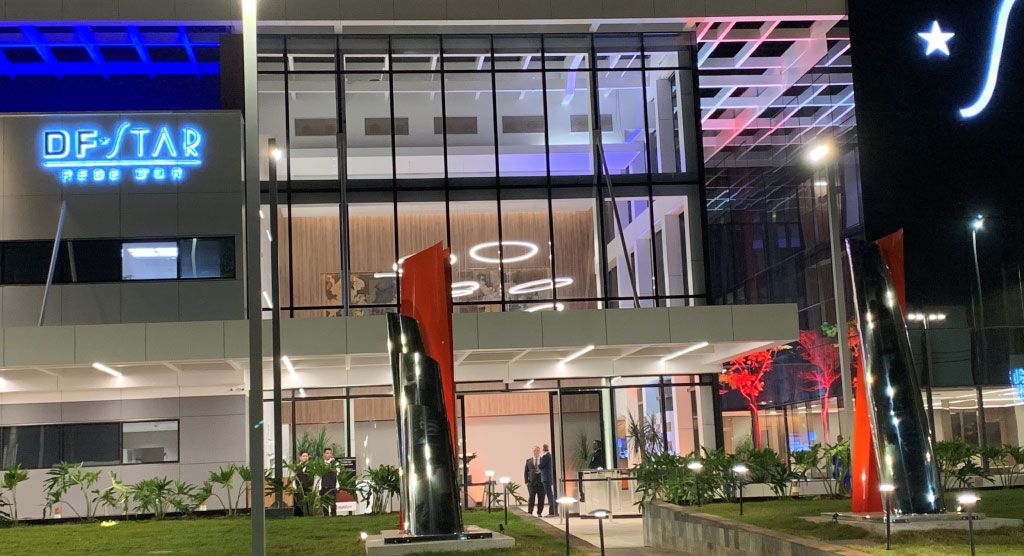Focus on quality and patient experience are key elements of Gamma Knife program success

In a recent Elekta webinar, Kettering Health clinical professionals discuss their aim to run the highest quality, highest value, hospital-based Gamma Knife program in the United States

The foundation of Kettering Health’s Gamma Knife program is built on four key pillars, according to Anthony Paravati, MD, the center’s director of stereotactic radiation services. Dr. Paravati and lead technical physicist, Christopher Wennerstrom, MS discussed these program elements during an Elekta-sponsored webinar titled “Strategies for Driving Operational Excellence, Quality & Program Growth with Gamma Knife”.
“The first pillar is alignment of our mission with what matters most to patients, caregivers and non-clinical staff,” Dr. Paravati says. “We are constantly soliciting that information and adapting our operations to meet what matters most. The second pillar is visual management and open, transparent communication techniques to ensure all actors [in the workflow] are notified about what is happening on the ‘line.’ The third pillar is continuous improvement and problem solving, and the basis of that is the fourth pillar, standardization. We create standard operating procedures that inform all of our continuous improvement efforts.”
“The first pillar is alignment of our mission with what matters most to patients, caregivers and non-clinical staff.”

Dr. Paravati gave a detailed summary of how focusing on the pillars has positively impacted various aspects of the Kettering Health Gamma Knife Icon program.
Three key improvements are:
- Referral to consultation: reduced wait times from about 12 days to fewer than five days
- Consultation to treatment planning: reduced time from three weeks to one week
- Gamma Knife nurses: Improve the patient experience via a screening question check list for patients that identifies treatment barriers (e.g., pain, problematic metastasis sites, need for oxygen)
Christopher followed up with a comprehensive review of the pre-treatment and treatment workflows, which are efficiently controlled by the visual management system and open, transparent communication (Pillar 2). A crucial part of that is the hospital’s and department’s Electric Health Record (EHR) system, which enables all internal stakeholders to know the timing of various workflow steps and associated billing. These steps include scheduling Gamma Knife-specific procedure codes for frame placements, Icon mask simulation, pre-treatment planning and follow up MRI, anesthesia, as well as both single- and multi-fraction treatments.

“These steps are seen in [the EHR] by outside departments and it’s seen in MyChart by the patient,” he says. “This is important, because it gets the patient to come on time. But it’s not just about scheduling. You need the right people, the right equipment and the patient at the right place and time to get the appropriate billing done.”
Christopher also discussed Elekta’s new Leksell Gamma Knife® Lightning treatment planning software, which leverages automated inverse planning algorithms to rapidly optimize treatment plans.
“Leksell Gamma Knife Lightning is extremely fast and it plans all of the lesions at once,” he says. “If you want a really tight plan, want beam-on time prioritized or both, it basically allows you to make that real-time decision even for lesions in close proximity to one another or close to critical structures. The optimization simply works.”
“Leksell Gamma Knife Lightning is extremely fast and it plans all of the lesions at once.”
Register for a demo of Gamma Knife Lightning.

Closing out Kettering Health’s experience exploiting its four pillars, Dr. Paravati says:
“The basis of our service is our program aims,” he observes. “To run a highly optimized operation, we needed to create a visual management system for open and transparent communication. We have a culture of continuous improvement and problem-solving, and you can’t implement a rapid-cycle problem solving approach if you don’t start somewhere. The key to that is standardization, how you’re currently doing things and what your current obstacles are.
“From there you can start to trial solutions,” Dr. Paravati adds. “And have those solutions feed back into what your new standard is. We’re very proud of what our program has achieved.





